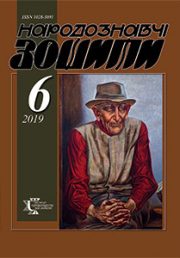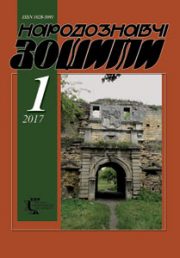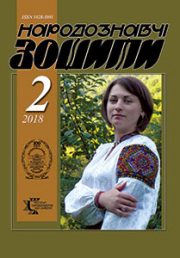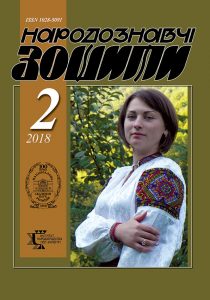2018 year, issue 2
DOI https://doi.org/10.15407/nz2018.02
Nykorak Olena
MYKHAILO STANKEVYCH — THE RESEARCHER OF DECORATIVE ART THEORY
310–318
Lebedieva Alona
«FOLK DESIGN»: THE DEFINITION THAT HAS NOT BECOME THE TERM
328–332
Kutsyr Tetiana Vasylivna
UKRAINIAN FOLK COSTUME RECONSTRUCTION AS A WAY OF FINDING NATIONAL IDENTITY
344–352
Hasanowa Valida
THE PUBLICATION OF THE AZERBAIJAN FOLK TALES
385–390
Ivashkiv Halyna
CERAMICS OF TWO GENERATIONS OF CHORNYI`S FAMILY: TRADITIONS AND INNOVATIONS
397–409
Makohin Hanna
FOLK ART STYLIZATION IN THE CLOTHES DESIGN OF THE EARLY XXI CENTURY
416–420
Dutka Romana
WAYS OF UPDATING UKRAINIAN FOLK PRINTED FABRIC IN THE XXI CENTURY
436–440
Yamborko Olga
MODERN AND TRADITIONAL ASPECTS IN THE CARPETS OF OLENA AND OLHA KULCHYTSKY
448–453
Berezutska Maryna
MODERN BANDURA ENSEMBLE REPERTOIRE: SYNTHESIS OF FOLK AND ACADEMIC
502–506







